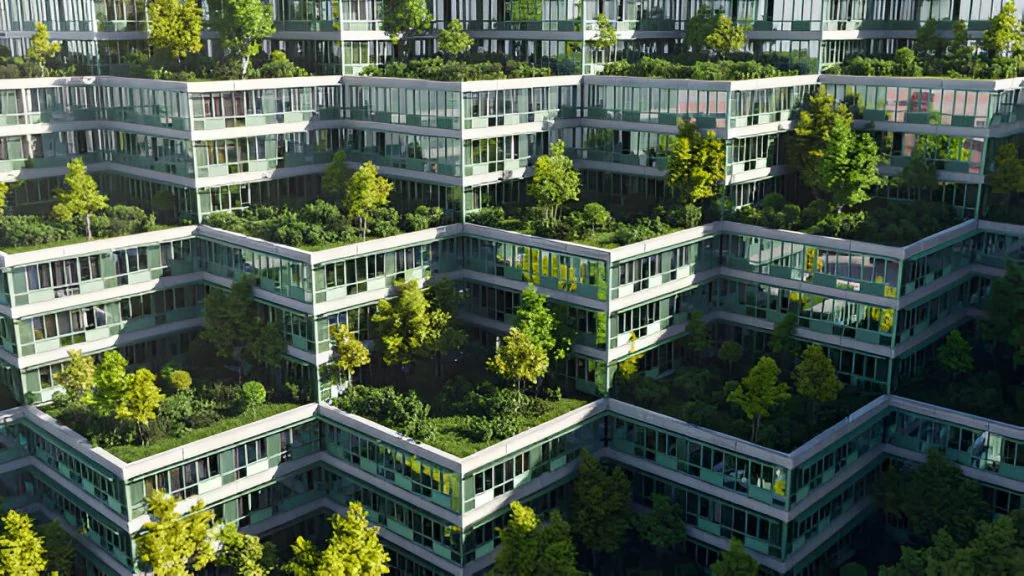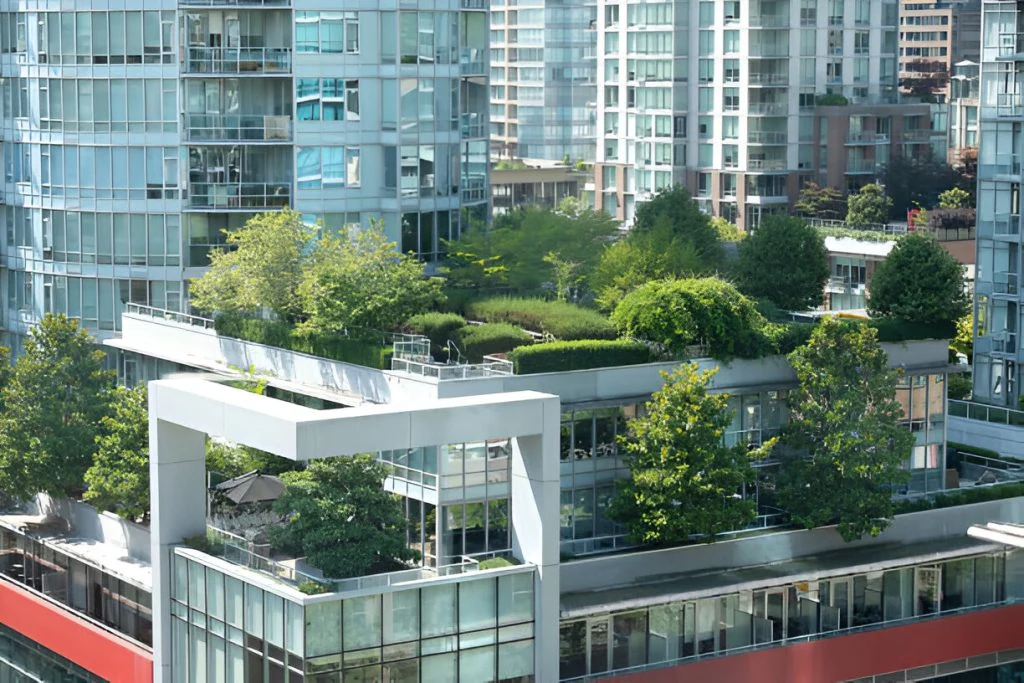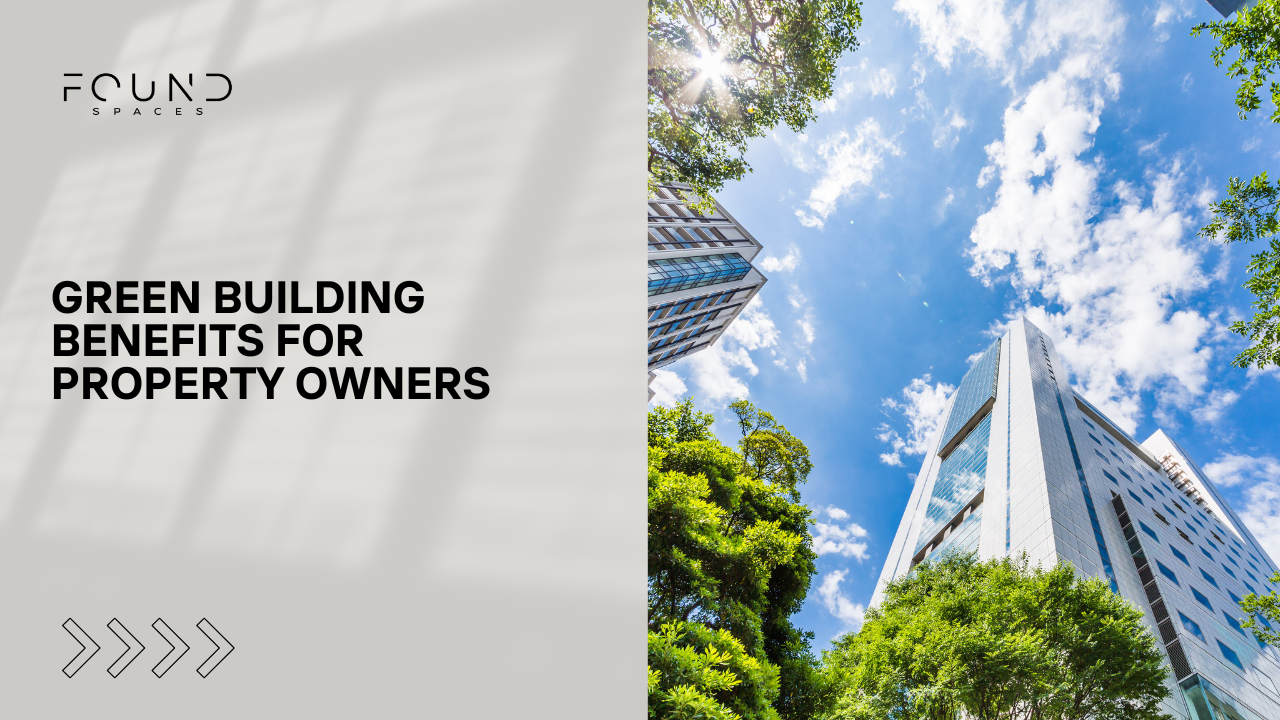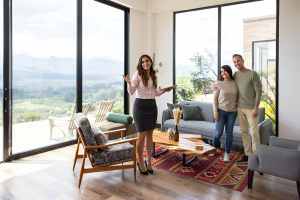In 2024, the push towards sustainability intensified, and as a leader in property management, embracing green buildings has become a central part of our approach. The concept of green buildings is not just a trend; it’s a robust pathway towards creating spaces that benefit the environment and offer significant advantages for property owners like ourselves.
Understanding the importance of green buildings can greatly impact our property management strategies and outcomes. These buildings are designed to reduce the overall impact on the natural environment and human health by efficiently using energy, water, and other resources. More importantly, they promote a sustainable environment that drastically reduces operational costs.
As we delve deeper into the shift towards sustainable building practices, we recognize the importance of staying informed and current with these developments. Adopting green building techniques and principles reflects our commitment to innovation and environmental stewardship, aligning with our goal of enhancing property value and operational efficiency in the ever-evolving real estate market.
What Are Green Buildings and Why Should Property Owners Care?

Green buildings are more than just a trend; they’re a significant shift in how we design and manage properties. These structures are built with sustainable practices that conserve resources and offer healthier living environments. As property owners, we should care about sustainable buildings because they align with our commitment to providing high-quality living spaces while also participating in the broader movement toward environmental responsibility.
By focusing on sustainability, we ensure that our properties use less water and energy, which not only helps the planet but also reduces our operating costs. Adopting eco-friendly building practices can also make our properties more attractive to a growing demographic of tenants who value sustainability. This helps us fill vacancies more quickly but also helps build a community that shares these important values.
Key Environmental Benefits of Green Buildings

Green buildings offer numerous environmental benefits that are crucial in today’s world. Here’s how these practices make a difference:
Reduced Energy Consumption
Green buildings are designed to consume less energy compared to traditional buildings. They often incorporate energy-efficient systems such as LED lighting, solar panels, and high-efficiency heating and cooling systems that lower the overall energy demand.
Water Conservation
These buildings are equipped with systems designed to reduce water usage. Features like low-flow faucets, dual-flush toilets, and water-efficient landscaping are common in green buildings, significantly reducing water waste.
Enhanced Air Quality
Green buildings improve indoor air quality by using materials that are low in volatile organic compounds (VOCs) and implementing better ventilation systems. This creates a healthier environment for tenants, especially for those with respiratory issues.
Waste Reduction
During construction, green buildings focus on methods that minimize waste. This includes using recycled materials and ensuring that any waste generated is disposed of responsibly or reused.
These environmental benefits are good for the planet and enhance the living conditions of tenants, making our properties stand out in the competitive property market.
Economic Advantages for Property Owners
Investing in green buildings isn’t just beneficial for the environment; it also offers substantial economic advantages for us as property owners. Firstly, green buildings tend to have higher property values. They attract premium tenants willing to pay more for spaces that promote environmental sustainability and have lower utility costs. This results in a better return on investment over time and can significantly enhance the overall value of our property portfolio.
Furthermore, operating costs for green buildings are generally lower. Energy-efficient designs and technologies reduce utility bills substantially. This savings on energy and water and potentially lower insurance premiums due to improved sustainability features can add up to significant financial gains. These economic benefits make a compelling case for adopting green building practices in our property management strategies.
How to Get Started with Green Building Practices

Starting with green building practices involves a strategic approach to integrating sustainability into our property management operations. First, it is crucial to conduct an audit of existing properties to assess areas for improvement. This might include upgrading insulation, installing energy-efficient windows, or moving towards more sustainable water management systems.
Once we clearly understand where improvements can be made, the next step involves prioritizing these upgrades based on their potential impact and cost-effectiveness. Working with contractors and service providers specializing in sustainable building solutions is also vital, ensuring that all modifications and new constructions meet specific sustainability standards. By adopting these practices, we contribute to environmental protection and position our properties as attractive, modern living solutions for prospective tenants.
Conclusion
The rental market of 2024 demands innovation and responsibility from property owners like us, making the shift toward green buildings both a strategic and ethical choice. By understanding the essentials of what makes a building green and recognizing the economic advantages, we can make informed decisions aligning with our business objectives and environmental responsibilities. Transitioning to green building practices elevates our properties’ value and reflects our commitment to sustainability and tenant satisfaction.
At Found Spaces, we stay ahead of market trends by embracing technologies and practices that benefit our tenants, the community, and the environment. Let us assist you in integrating these green building principles into your properties through our property management in Hamilton, ensuring they are profitable and sustainable for years to come.




